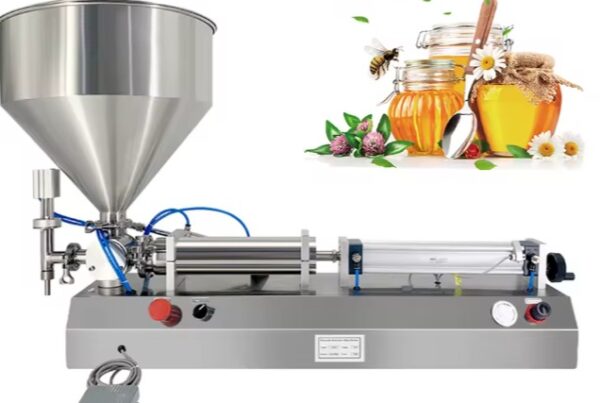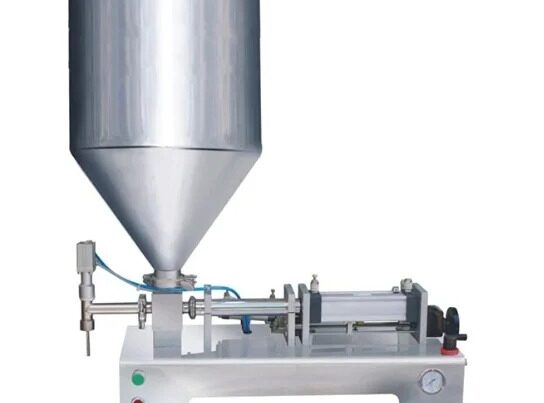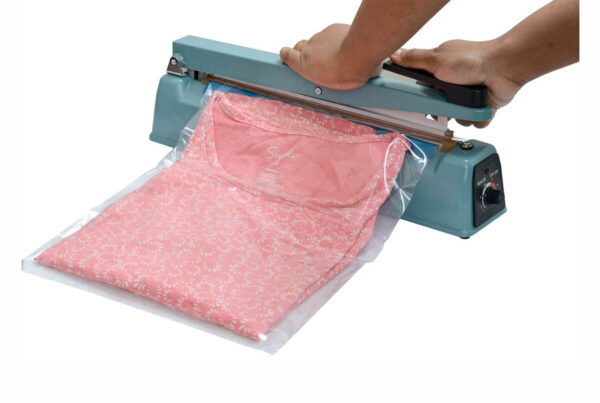Shrink wrap machines play a crucial role in various industries, offering an efficient way to package products securely. These machines are essential for protecting items from dirt, moisture, and tampering, making them a staple in sectors such as food, electronics, pharmaceuticals, and publishing. The ability to provide a clean, attractive packaging solution enhances both the presentation and shelf-life of products.
Understanding how to operate a shrink wrap machine is vital for ensuring its effectiveness and safety. Proper preparation, adherence to safety precautions, and a clear understanding of operating procedures can significantly impact the machine’s performance. Additionally, knowing how to troubleshoot common issues and maintain the machine can prevent downtime and extend its lifespan.
This comprehensive guide will cover all aspects of operating shrink wrap machines, from initial setup and safety measures to detailed operating procedures and maintenance tips. By following these guidelines, businesses can maximize the efficiency and reliability of their shrink-wrap machines, ensuring that their products are consistently packaged to the highest standards.
What is a Shrink Wrap Machine?
A shrink-wrap machine wraps products in a clear plastic film. When heated, the film shrinks and fits tightly around the product. This process protects items from dirt, moisture, and tampering. Shrink wrap is widely used in food, electronics, pharmaceuticals, and publishing. The machine offers a clean and attractive packaging solution.
Preparing for Operation
Before using a shrink wrap machine, you must prepare it properly. Preparation ensures smooth and safe operation. Follow these steps:
- Choose the Right Film: Select the appropriate film for your product. Options include PVC, polyolefin, and polyethylene. Each type has different characteristics. Make sure to pick the one that best suits your needs.
- Set Up the Machine: Install the film roll. Thread it through the machine according to the instructions. Adjust the sealer and heat tunnel settings based on the film type and product size.
- Check Mechanical Parts: Ensure all moving parts are working correctly. Look for any plastic residue on the track and clean it. Use the jog function to check if the machine runs smoothly.
- Power Up: Turn on the power switch. Set the temperature for the horizontal and vertical seals. Allow the machine to heat up to the required temperature.
- Adjust Settings: Set the speed, bag length, cutting point, and tracking amount. Move the horizontal sealing knife to the closed position using the electric button.
Safety Precautions
Safety is crucial when operating a shrink wrap machine. Always follow these safety precautions to avoid accidents and ensure efficient operation:
- Inspect the Film: Before starting, check the heat shrink film. Ensure it meets the required size and thickness.
- Regular Checks: Inspect mechanical parts for any issues. Clean the track and remove any plastic slag.
- Use Jog Function: Check the machine’s functionality. Make sure the conveyor belt rollers rotate smoothly. Clean any bonded plastic slag from rotating parts.
- Temperature Settings: Set the correct temperatures for the horizontal and vertical seals. Ensure the machine heats up to the proper temperature.
- Film Installation: Follow the schematic diagram to install the packaging film correctly.
Operating Procedures
Operating a shrink wrap machine involves several steps. Here is a detailed guide:
- Product Placement: Place the product in the center of the film sheet. For manual machines, wrap the film around the product and seal it using the sealer bar. For automatic machines, the product moves into the sealing area automatically.
- Sealing: The machine cuts and seals the film around the product. Ensure the horizontal sealing knife is in the correct position.
- Shrinking: The sealed product passes through the heat tunnel. The film shrinks tightly around the product.
- Quality Check: After the product exits the machine, check for consistent sealing. Ensure there are no wrinkles or loose ends.
- Adjust Temperature: Adjust the horizontal and vertical temperatures as needed. Ensure the film packaging bag has smooth and wrinkle-free seams.
Troubleshooting Common Issues
Even with proper preparation and operation, issues can occur. Here are some common problems and how to troubleshoot them:
- Sealing Problems: If the seal is not tight, check the sealing bar temperature. Adjust if necessary. Ensure the film is correctly installed and the product is properly placed.
- Film Wrinkles: Wrinkles can occur if the temperature is too high or too low. Adjust the heat tunnel settings. Ensure the product is centered and the film is evenly wrapped.
- Machine Stops: If the machine stops unexpectedly, check for alarms. Common issues include servo alarms and proximity switch failures. Inspect the emergency stop button and troubleshoot accordingly.
- Loose Ends: Loose ends can result from incorrect film installation. Re-thread the film and ensure it is taut. Check the sealing bar for any residue or damage.
Maintenance Tips
Regular maintenance keeps the shrink wrap machine in good condition. Follow these tips:
Clean Regularly: Keep the machine free from dust and film residues. Clean the sealing bar and heat tunnel regularly.
Inspect Parts: Regularly check mechanical parts for wear and tear. Replace any damaged parts promptly.
Lubricate: Some parts may require lubrication. Follow the manufacturer’s guidelines for proper lubrication.
Check Seals: Ensure the sealing bar and heat tunnel function correctly. Adjust settings as needed for optimal performance.
Maximizing Efficiency
To get the most out of your shrink wrap machine, follow these tips:
- Choose the Right Machine: Select a machine that suits your production needs. Consider the size and type of products you will be wrapping.
- Optimize Settings: Adjust the machine settings for each product. This ensures efficient operation and reduces waste.
- Monitor Production: Regularly check the packaging process. Make adjustments to improve speed and quality.
- Train Operators: Ensure all operators are trained on how to use the machine properly. Regular training sessions can help maintain efficiency.
Safety and Compliance
Ensuring safety and compliance is essential. Here are some tips:
- Follow Regulations: Adhere to industry standards and regulations. Ensure your machine meets all safety requirements.
- Conduct Safety Checks: Regularly inspect the machine for safety hazards. Fix any issues immediately.
- Maintain Documentation: Keep records of maintenance and inspections. This helps ensure compliance and provides a reference for future checks.
- Promote Safety Culture: Encourage a safety-first mindset among operators. Provide regular safety training and updates.
Conclusion
Operating a shrink wrap machine requires preparation, safety measures, and proper maintenance. By following these guidelines, you can ensure efficient and safe operation. Remember to regularly check and maintain your machine to keep it in good condition. Proper training and adherence to safety standards will help you get the best results from your shrink wrap machine.
Recent Posts






